
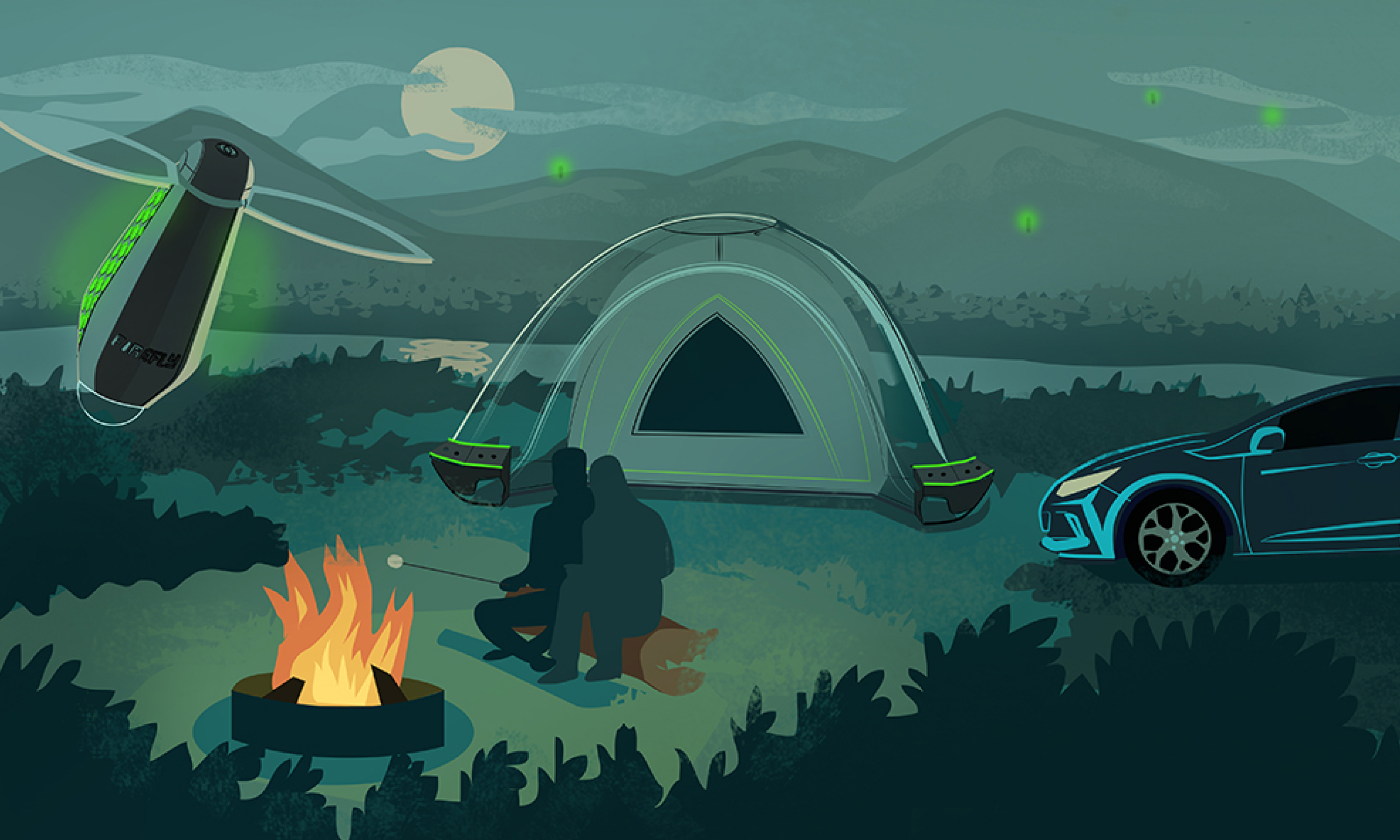
For five months, I worked directly with General Motors in Detroit & Columbus to concept drone and battery technology integrations within Chevrolet vehicles. The final concept consisted of a fleet of autonomous drones that would be used to capture a customer's outdoor experiences such as hiking, fishing, kayaking, and more. The drones are stored within a docking station that doubles as an inflatable tent with an array of solar panels to power a Chevrolet vehicle, the drones, and electronic devices.
General Motors Company (GM) is an American multinational corporation headquartered in Detroit, Michigan that designs, manufactures, markets, and distributes vehicles and vehicle parts, and sells financial services, with global headquarters in Detroit's Renaissance Center. At its peak, GM had a 50% market share in the United States and was the world's largest automaker from 1931 through 2007.
1:1 Scale Prototype Design & Build
Rapid Wireframing & Prototyping
Design Exploration & Direction
Concept Branding
App Design
Verbal & Visual Presentation
Design a drone for Chevrolet that serves a unique and inventive functional purpose, and enhances the customer’s experience with the vehicle. The drone should be the centerpiece for a 360-degree interaction including a drone docking station, user interface, and any additional functional benefits that compliment and enhance the customers lifestyle. Concepts should incorporate technologies feasible within the next decade, and approximate an engineering package reflective of the tech.
First, we interviewed several General Motors customers and vehicle owners to determine desired integrations. We used our findings to create five individual use cases and personas, then positioned those use cases within three categories: luxury, utility, and recreational.
.svg)
In order to give elderly Chevrolet owners more freedom, there needs to be an automated assistant to help the driver load, unload, store, carry and take-care of heavier items.
Summarized Persona: Pearl, age 70, needs a personal assistant to load and unload items, carry objects, and take care of her physical needs.

In order to avoid dangerous and inconvenient road hazards that could damage the vehicle, there needs to be a feature that will protect the Corvette while it drives.
Summarized Persona: Sean, age 45, needs a device that could eliminate this negative experience entirely. A feature that could help him navigate through road hazards as he drives.

In order to avoid the inconvenience of monitoring and repairing vehicles, there needs to be a feature that can run up-to-date diagnostics and make repairs automatically at a more efficient rate than the driver.
Summarized Persona: Mariah, age 25, needs a drone that can be a working hand on the side of road or at home. Mariah does not need to worry about her car, but focus on her productive day ahead.

In order to avoid the inability to charge an electric vehicle and/or devices, there needs to be a feature that will provide charging assistance in locations that aren’t EV friendly.
Summarized Persona: Aura and John, age 30, need a device that could connect to charging stations when stopping or collect its own energy when the car is off the grid. A device that keeps their life charged.

In order to give Chevrolet owners more freedom to manage their busy schedules, there needs to be an assistant to help with their needs, especially with the hassles that weather conditions bring.
Summarized Persona: Sarah and Carlos, age 40, need something that can clear a path in the snow quickly, allowing them to maintain their morning routine. A feature that could be activated by a press of a button or voice command from inside the house.
After exploring five personas and use cases, we selected two of them to expand on. We began experimenting with form and function of the drones themselves, as well as all of the items and features associated. After weeks of building a solid foundation of the two concepts, we turned our sketches into quick physical models. The two concepts we expanded on were the Weather Assistance drone, and the Electric Charging drone.
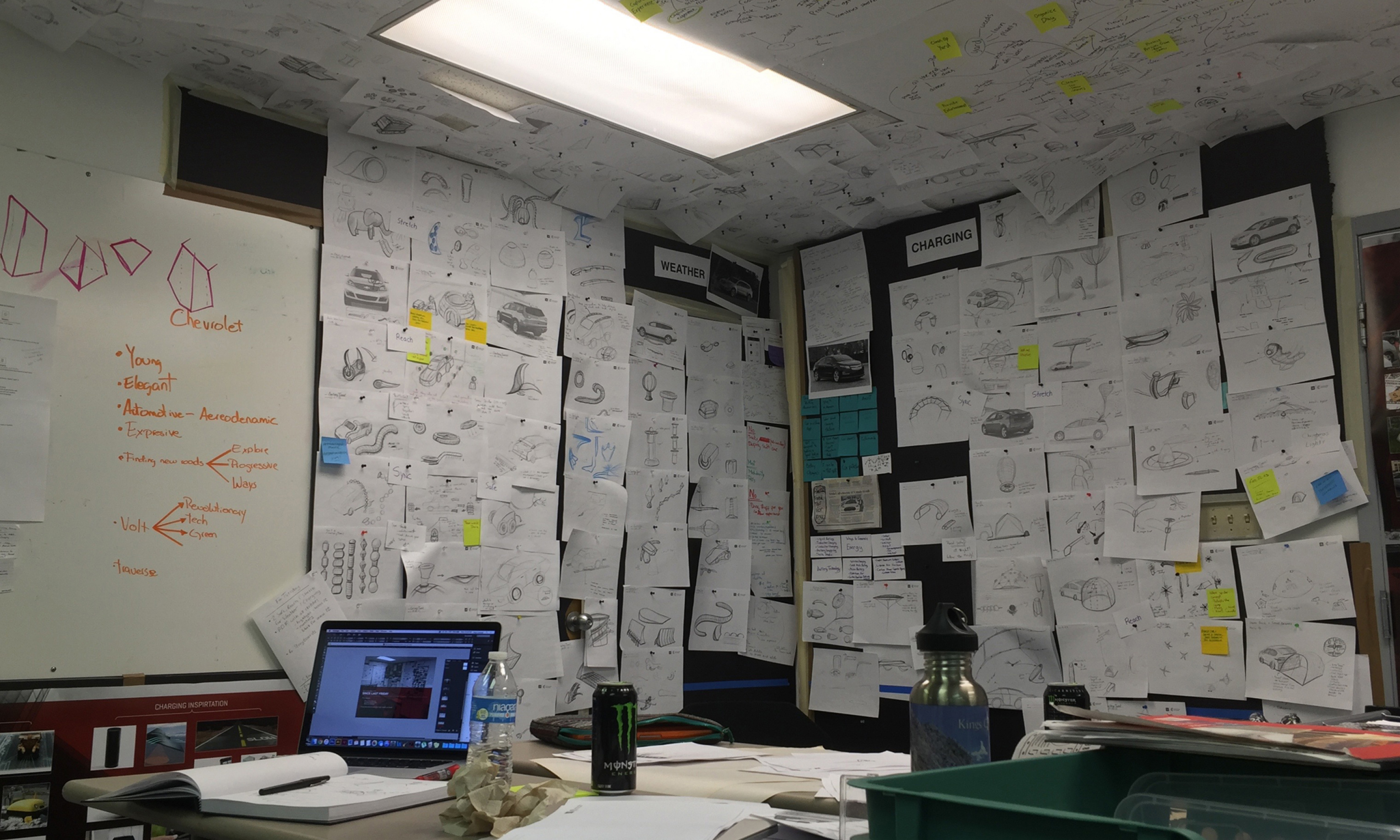

The idea for the Weather Assistance drone was to create an autonomous "stingray" that would clear snow during the winter and leaves during the fall from a driveway or yard. The drone would be activated by a mobile app or hub within the home.
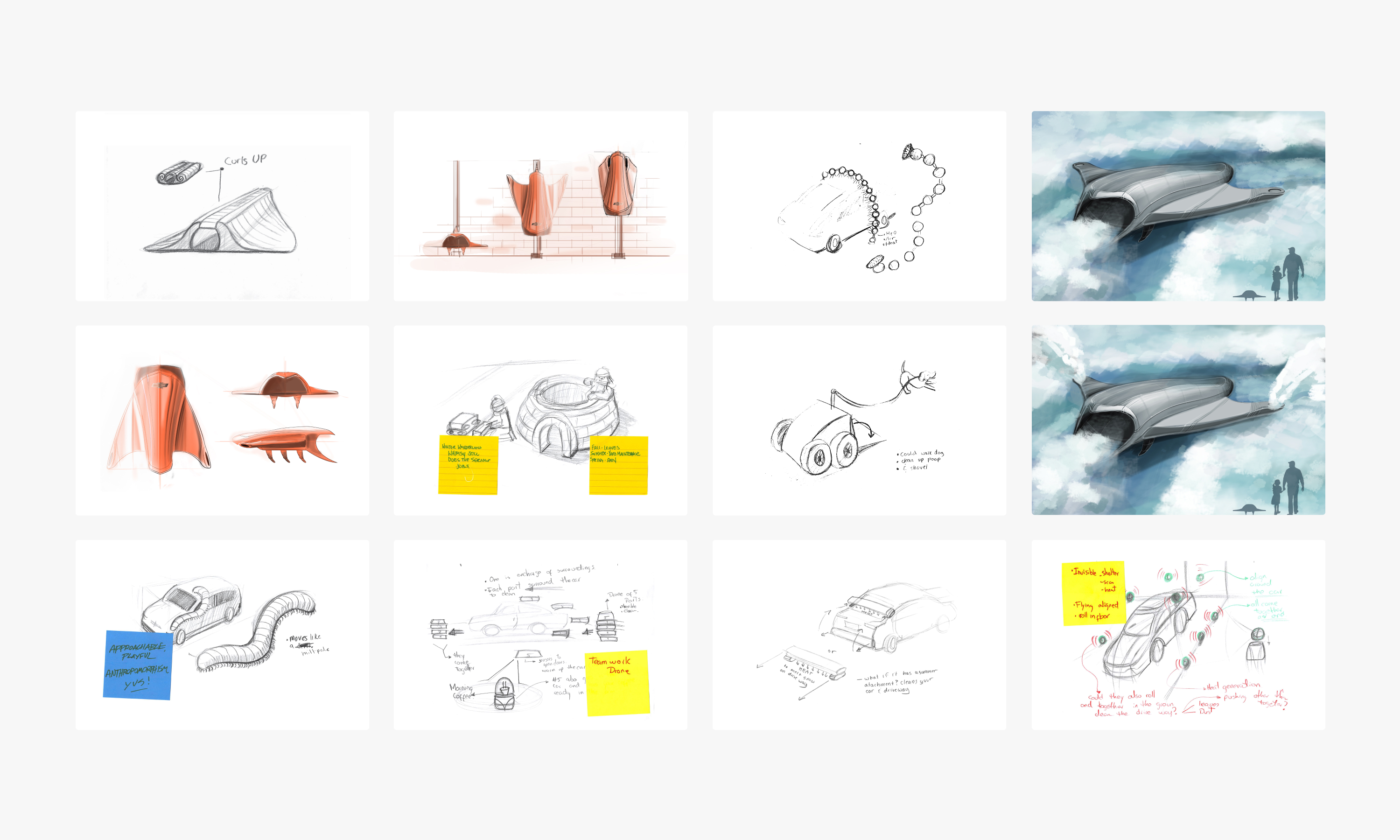
.jpg)
.jpg)

The idea for the Electric Charging drone was to create a floating solar panel that would be stored in and then deploy from the rear of the Chevrolet vehicle. The solar panels would sit above the tree line to increase its exposure to sunlight. It would be used to generate power to be used to charge the vehicle itself, as well as the drone "fireflies". The firefly drones would be used to take photos and record video of camping trips.
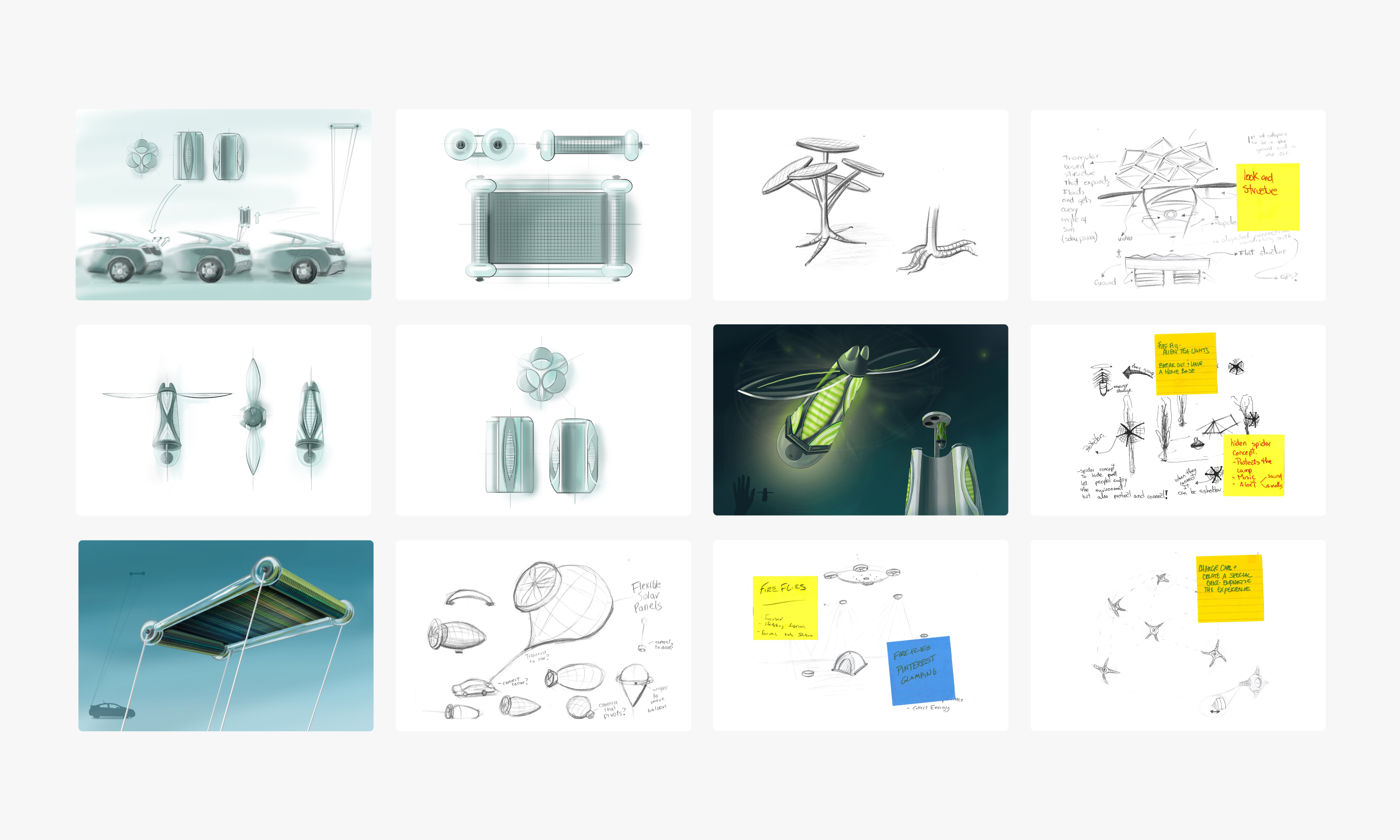
.jpg)
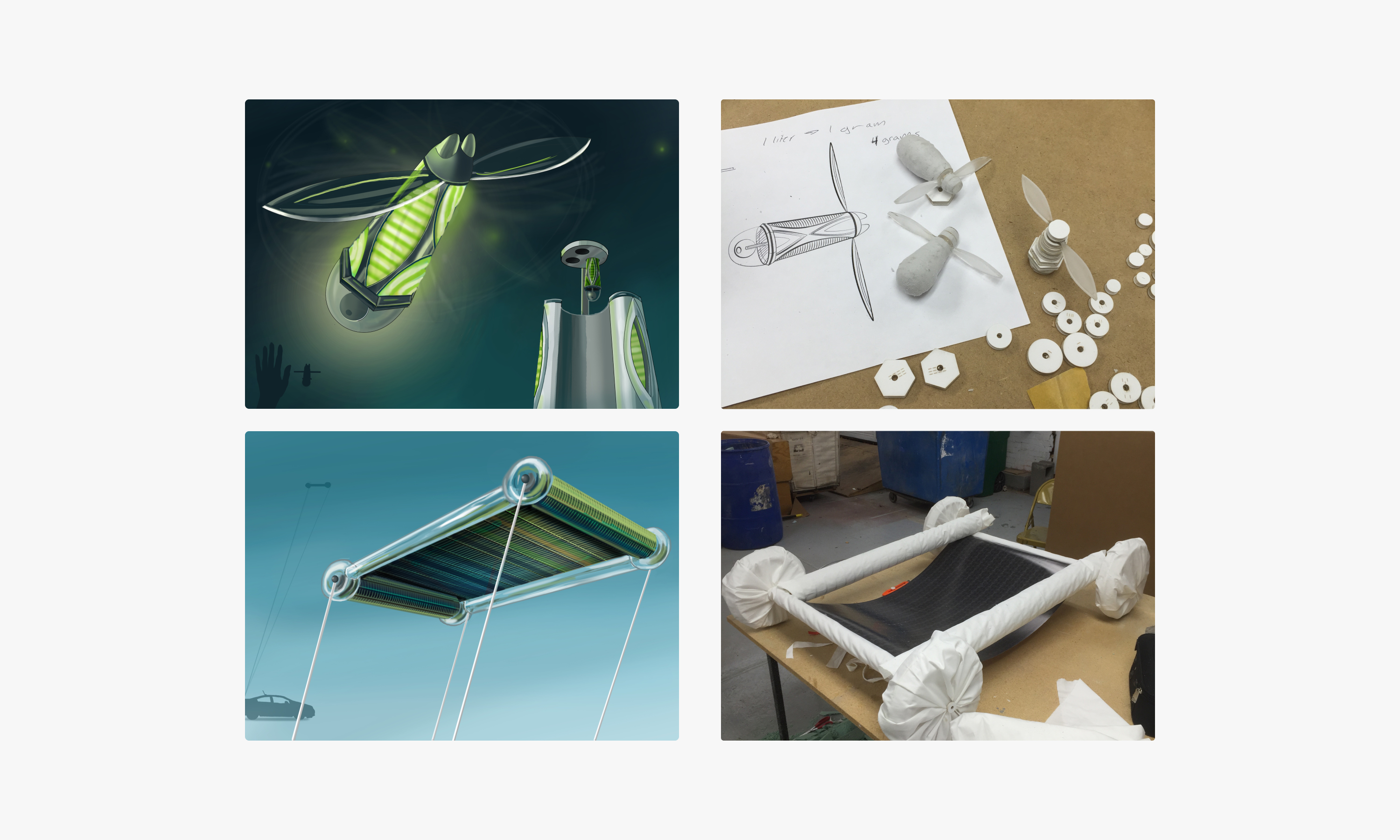
The next task was to go from two concepts to one. We decided to finalize the Electric Charging drone, which evolved quite a bit during this phase. We went from having a floating solar array to something that would enhance the overall customer experience during camping trips - an inflatable tent with solar panels on it. The inflatable tent would be stored in a docking station that doubled as a home for the Firefly drones.
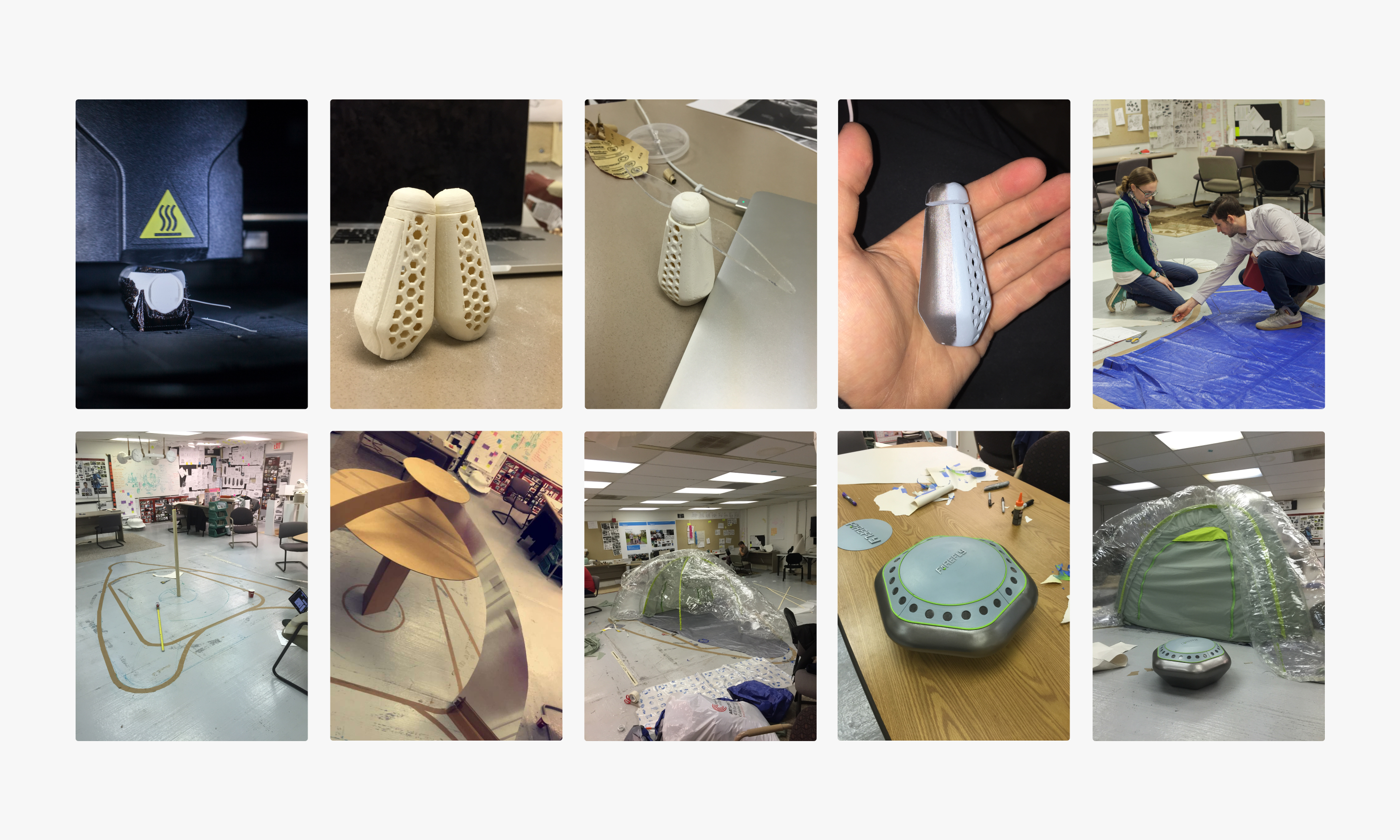

Chevrolet Firefly blends what customers love about their electric vehicle with their outdoor lifestyle. They can charge their vehicles and devices off-the-grid using the solar powered, inflatable tent. They can also take photos and record videos using the autonomous Firefly drones. Charge experiences and make memories with Chevrolet Firefly.
Summarized Persona: Aura and John, age 30, don't just want a method of charging their electric vehicle – they want an easy way to enhance their camping experiences and be able to remember them later on.
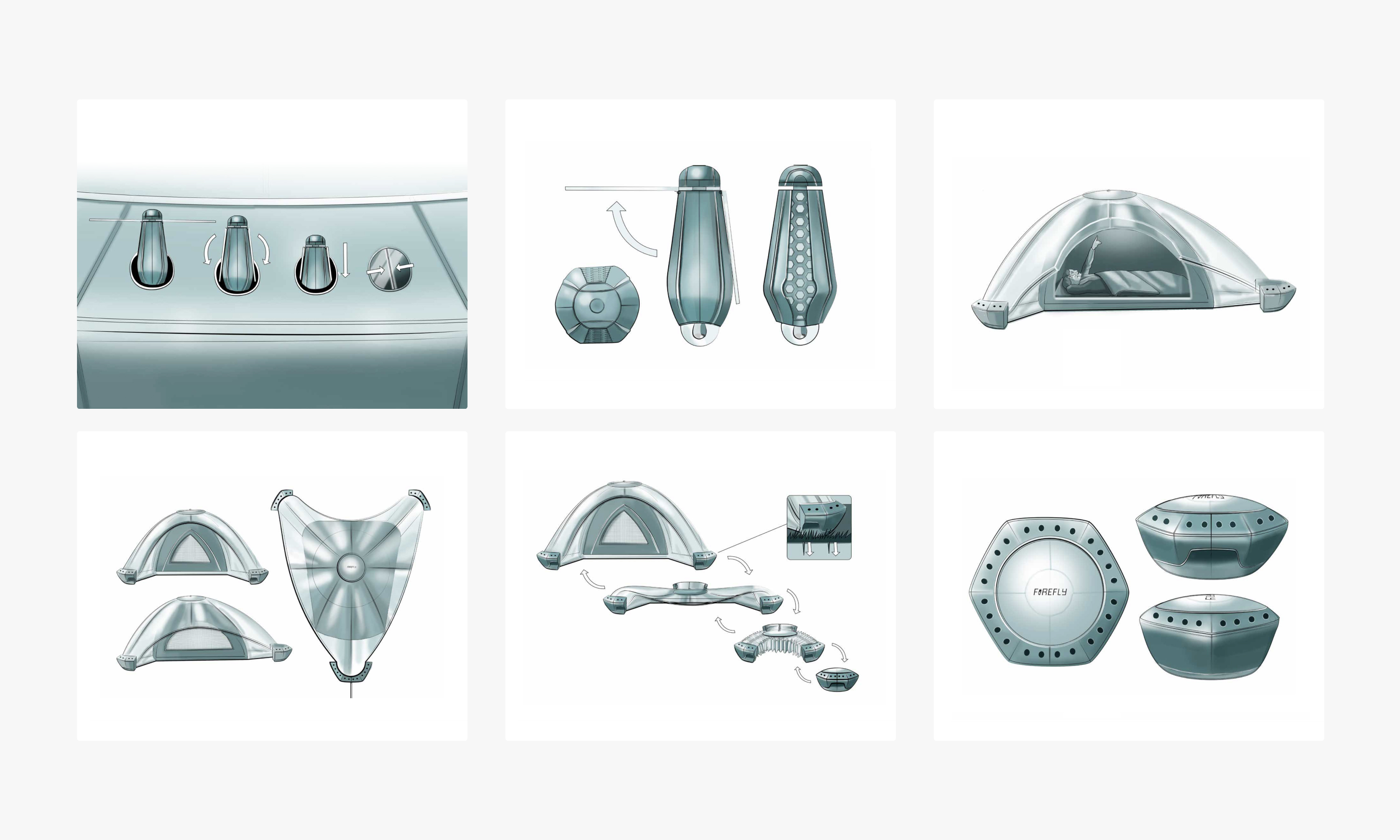
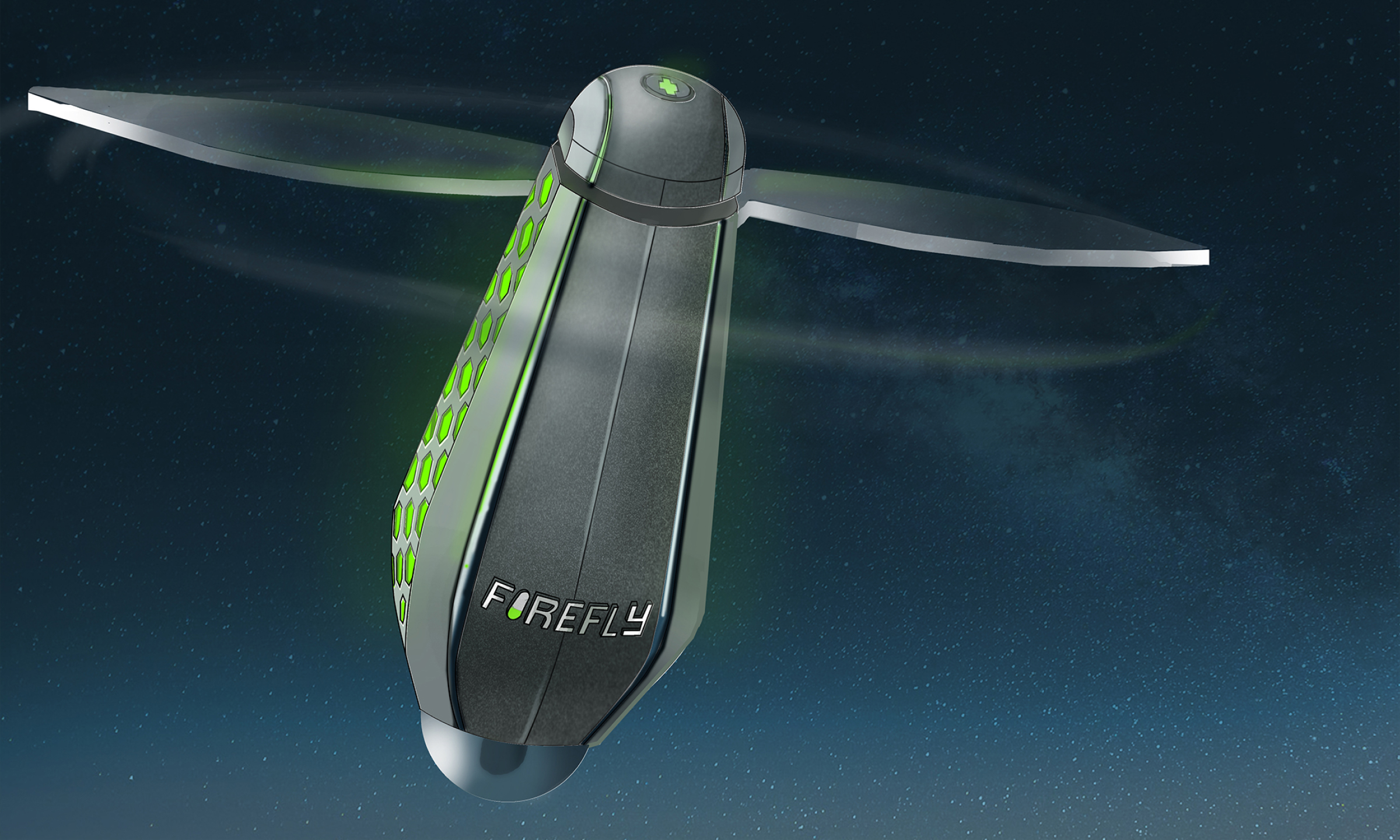
The Firefly drones are self-docking smart drones that can move around independently to capture HD photo and video with their onboard cameras. They also feature an LED lighting system to provide a user with ambiance and alerts.
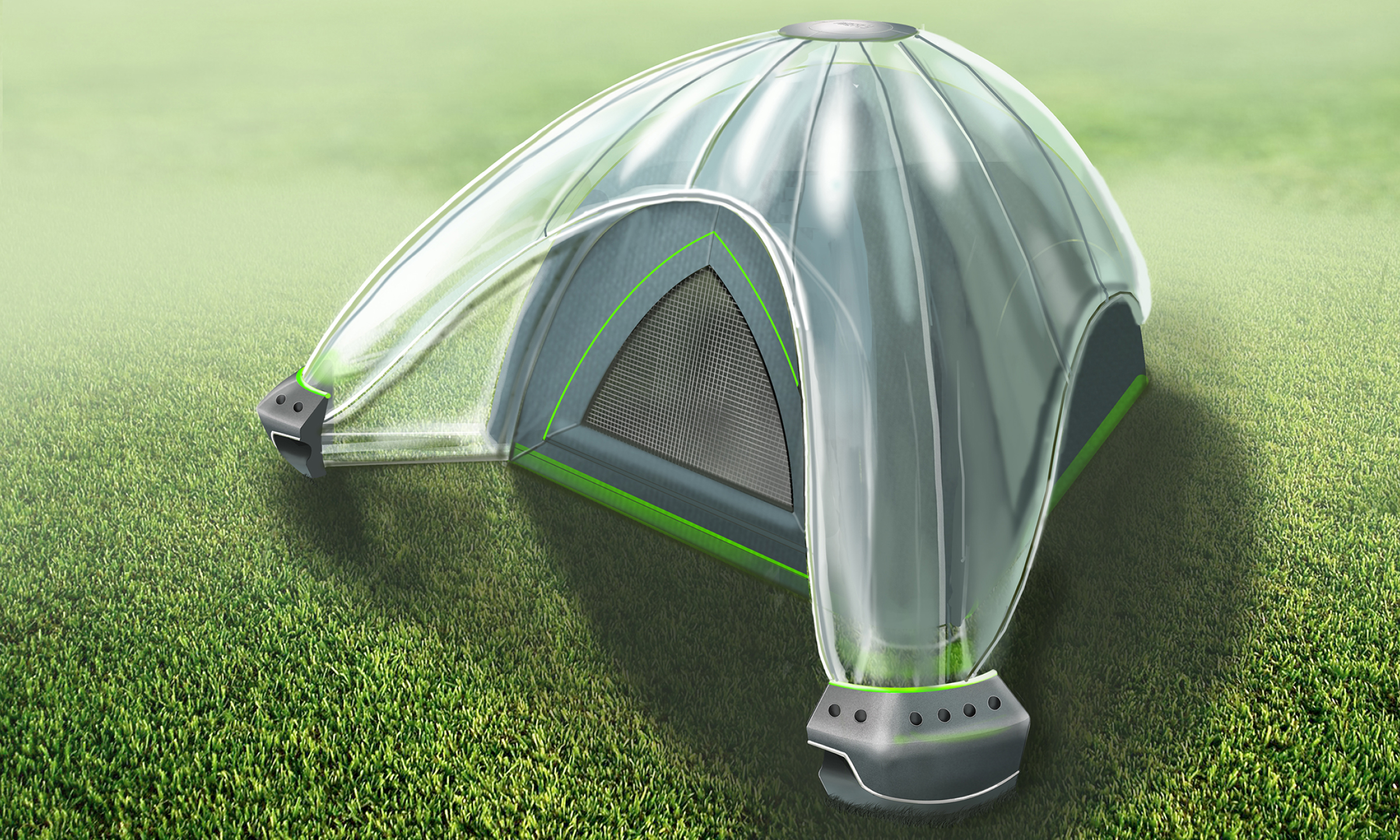
The solar tent is an inflatable camping tent that is covered in a transparent shell containing solar panels to power electronic devices and Chevrolet vehicles. It sleeps up to two adults and features an integrated video projector and screen inside.
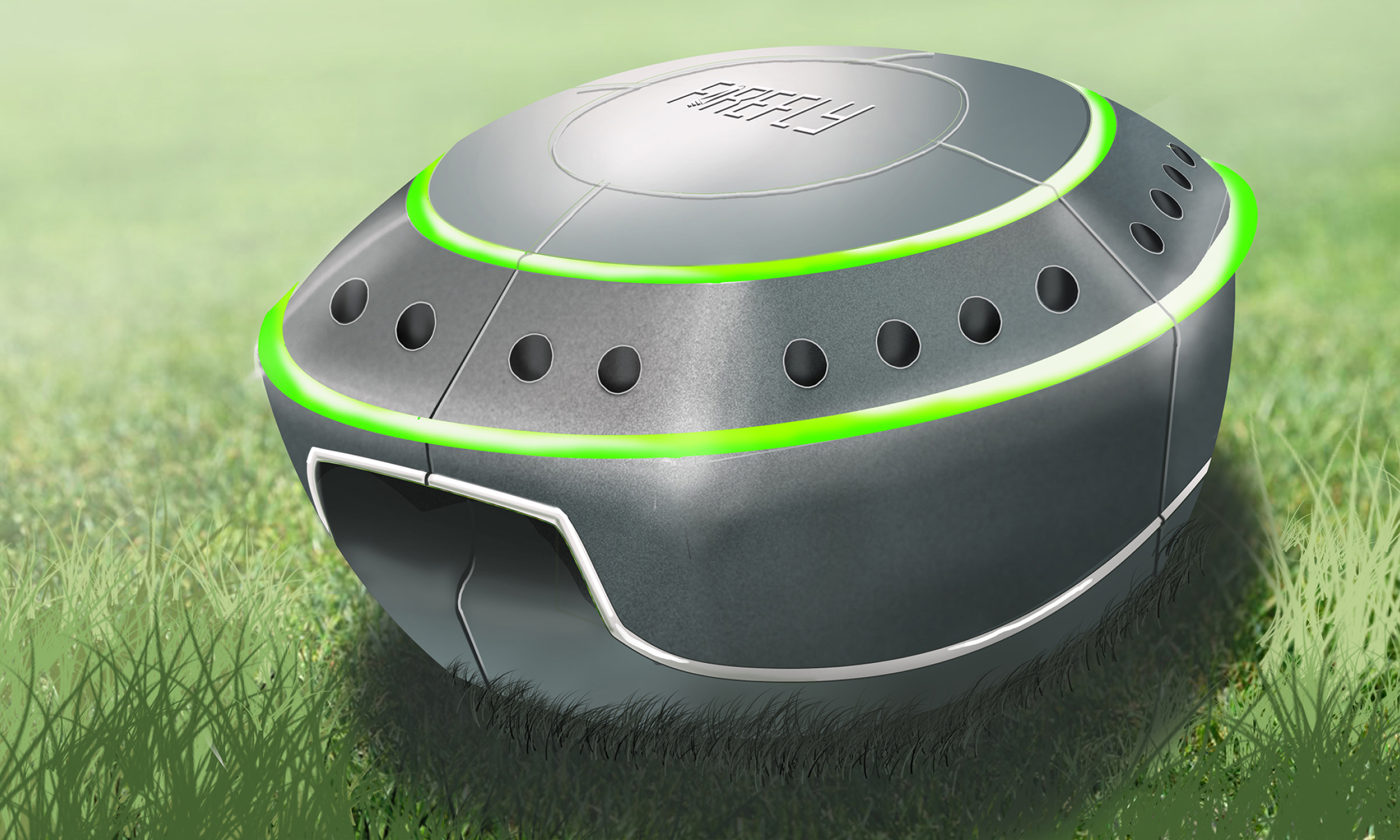
The docking station contains the solar tent and 24 Firefly drones. Its small size allows it to fit inside the trunk of any compact car, and it features a battery, which is powered by the tents solar panels.
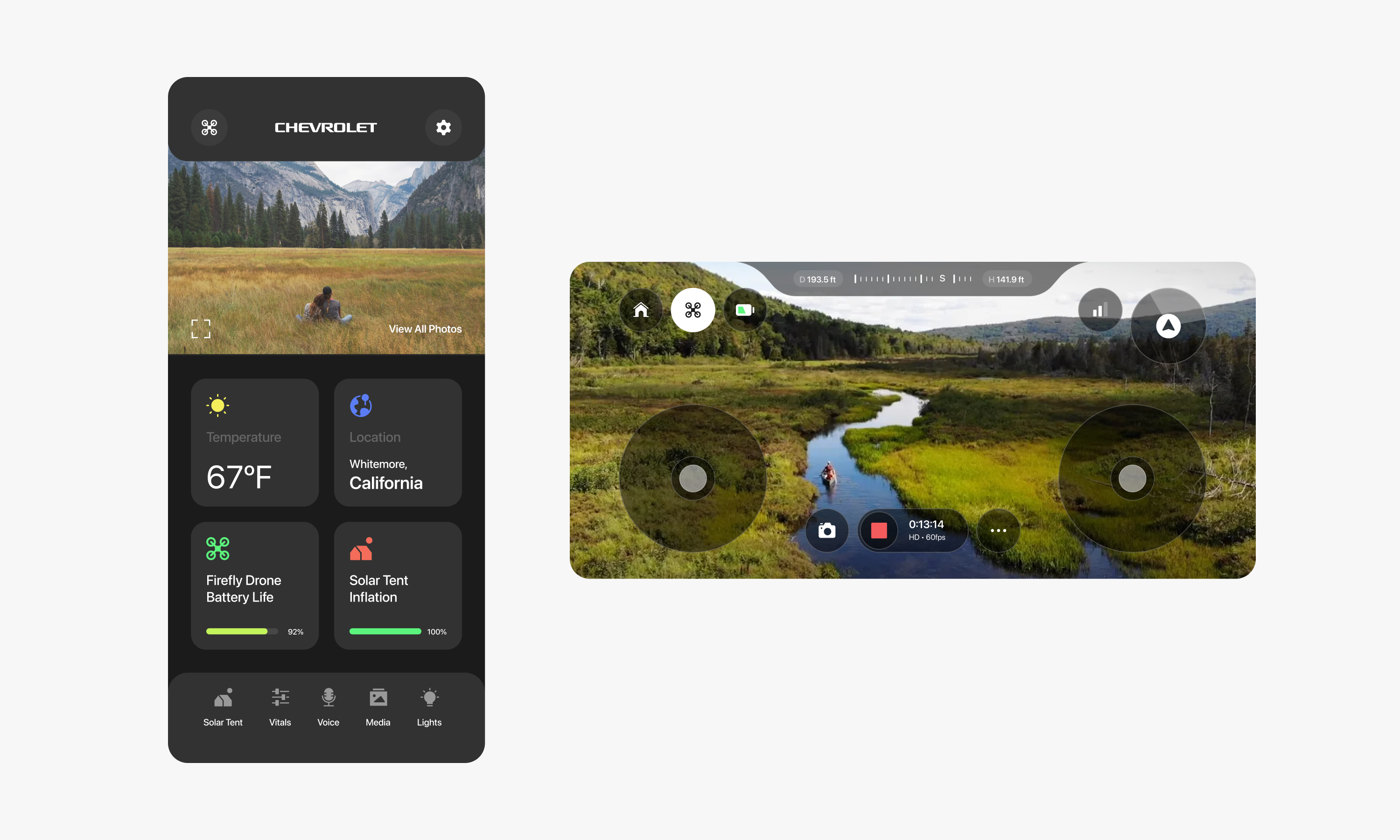
The mobile app allows Chevrolet Firefly owners to inflate/deflate their solar tent from the push of a button, manage and send Firefly photos and videos, and much more.